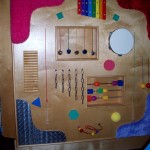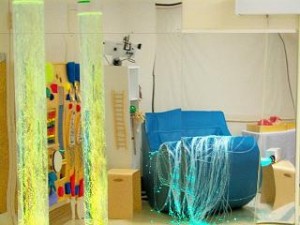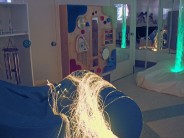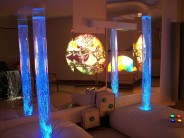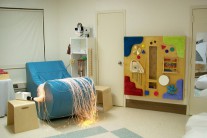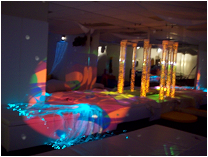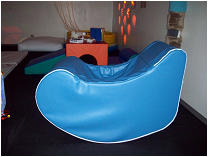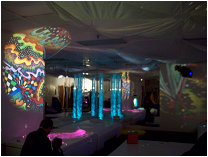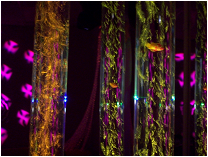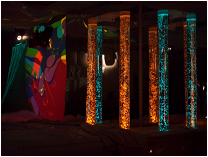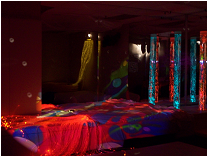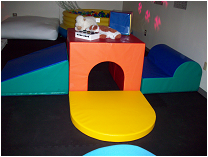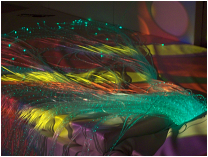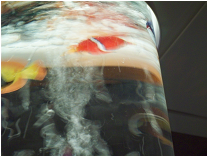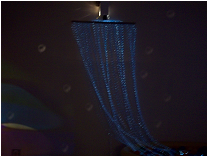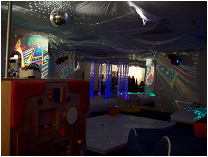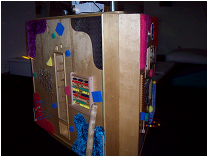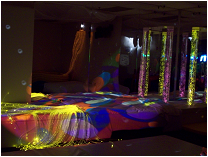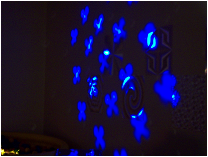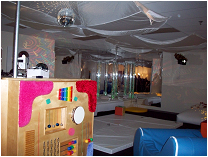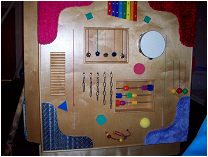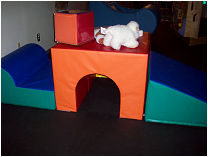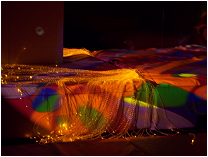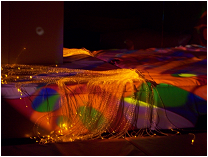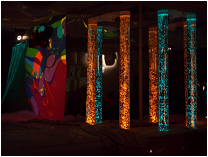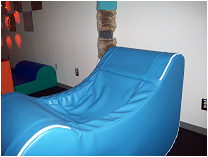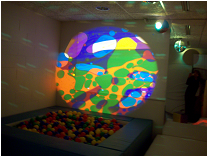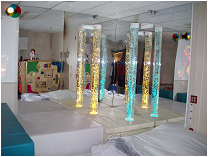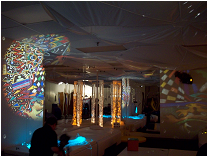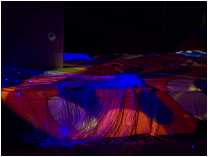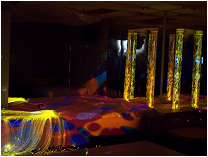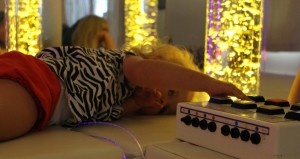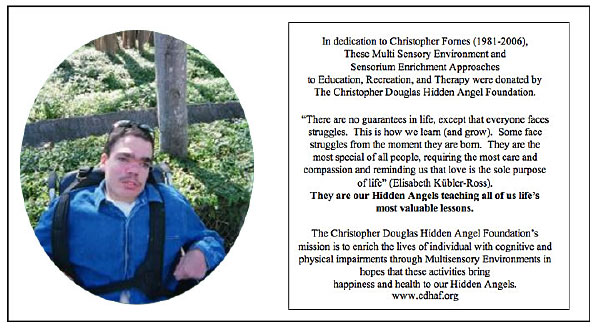“There are no guarantees in life, except that everyone faces struggles. This is how we learn (and grow). Some face struggles from the moment they are born. They are the most special of all people, requiring the most care and compassion and reminding us that love is the sole purpose of life.”– Elisabeth Kübler-Ross
These are our Hidden Angels – teaching all of us life’s most valuable lessons.
What Are Multi Sensory Environments?
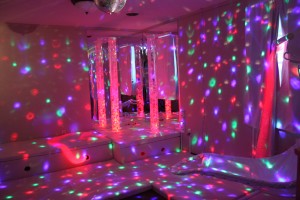 Multi Sensory Environments (MSEs) are designed with two goals in mind: to promote intellectual activity and to encourage relaxation.
Multi Sensory Environments (MSEs) are designed with two goals in mind: to promote intellectual activity and to encourage relaxation.
A Multi Sensory Environment is a dedicated space or room where sensory stimulation can be controlled (intensified or reduced), presented in isolation or combination, packaged for active or passive interaction, and matched to fit the perceived motivation, interests, leisure, relaxation, therapeutic and/or educational needs of the user.
MSE rooms include:

- Lighting effects, such as projectors with wheels that disburse light patterns throughout the room, bubble lamps, spotlights, star panels, fiber optics, UV lights, mirror balls and even Christmas lights. These lighting effects are best seen if the room has a total blackout capability.
- Sensory activities such as blowing bubbles, finger painting, and using play dough.
- Tactile experiences such as touching various, changing textures that are included in an interactive tactile wall panel.
- Cause and effect items such as the use of switches to allow the individual to control items within his or her environment, and toys that provide visual effects, vibrate, make noise, or have a tactile feel.
- Soft items on the floor such as mats, pillows, or beanbags.
- Sound effects such as children’s music, nature sounds, or animal sounds.
- Selected rhythmical music with a variety of tone, pitch, rhythm, and spacing can be used to soothe children.
- Tasting experiences of different flavored drinks and foods.
- Motion stimulation…
- ..and much more.
MSEs offer people with cognitive impairments and other challenging conditions the opportunity to enjoy and control a variety of sensory experiences.

These populations rarely, if ever, experience the world as the majority of us do. Limitations of movement, vision, hearing, cognitive ability, constrained space, behavioral difficulties, perception issues, pain, and other problems create obstacles to their enjoyment of life. Multi Sensory stimulation provides opportunities for bridging these barriers.
A relaxing and explorative experience is provided under the guidance of a caregiver or enabler. The enabler’s role is to follow and support the activity without influencing choices. Relaxing, recreational leisure time for individuals with severe disabilities gives those individuals a sense of autonomy and control.
Another approach is to use the room as a tool for achieving specific and measurable educational and therapeutic goals. This approach is most often used by occupational and physical therapists, rather than caregivers looking to provide fun and leisure activities for their children.


